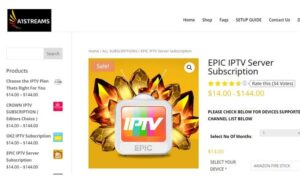Teachers and counselors need to know: what is distance learning technology? They should be prepared to answer this question. Education is not confined to the classroom anymore and distance learning technologies allow students to decide where, when and how they want to study.
Types of Distance Learning Technology
Distance learning technology can be divided into four basic categories – print, audio, video and computer. Many of them overlap and combinations of these technologies may be used for some programs.
Print-based distance learning programs use text books, work books, study guides, fax, etc. Printed materials were used for correspondence courses, the original form of distance learning. Print still remains an important component of most programs.
Many new methods are now being used and before you select a distance learning course, try to learn a little about what is distance learning technology.
Audio-based distance learning programs use audio tapes, radio, audio conferences, the telephone, etc.
Video-based distance learning programs use satellite delivery, video tape, desktop video, broadcast video, microwave, etc.
Computer-based distance learning programs use CD-ROM, collaboration software, web-based software, video conferences and e-mail. Before signing-up for a computer-based distance learning program, find out what is distance learning technology.
Advantages and Disadvantages of Different Types of Technology
Printed materials are cost-effective, and can be used anywhere. They are easily available and learners are generally comfortable using them. However, they offer no interaction and there are no audio/visual elements. It takes time to deliver them and students require reading skills.
Audio-based methods are cheap, accessible and easy-to-use. The downside is that they lack visual information, need to be scheduled and tend to be impersonal.
Video-based distance learning programs offer both audio as well as video communication. They allow instructors and students to see body language, expressions, etc, and allow a higher level of interaction. The downside is that they require technical support and are expensive. They also need preparation, planning and scheduling.
Computer-based distance learning programs are inexpensive, allow students to move at their own pace and provide a high level of interaction. There is a written record and they can be accessed from anywhere. They offer graphics, text, audio and video. However, they often rely on written communication; need planning, a computer and an internet connection. There is also a danger of viruses and of computer network failure.
To select a suitable distance learning course, you need to know what is distance learning technology. Be sure to select a course which uses the technology that maximizes your learning experience.
http://www.guide-to-distance-learning.com/index.html



